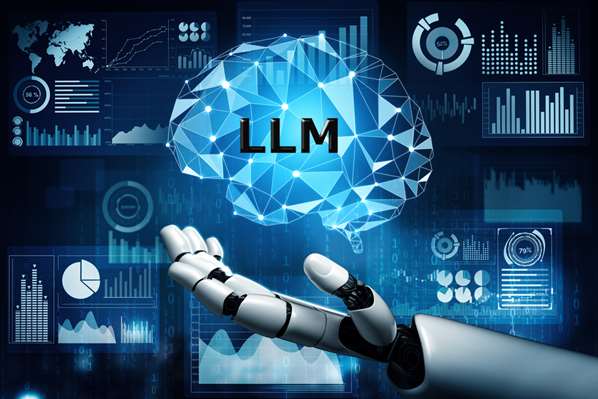
The landscape of customer service is dramatically changing with the introduction of artificial intelligence (AI), particularly large language models (LLMs) such as ChatGPT.
One of the main benefits of LLMs in customer service is increased efficiency. With traditional customer service methods, human agents can only handle a limited number of interactions at once. This often leads to long wait times for customers and delays in resolving their issues.
LLMs, on the other hand, can manage a much higher volume of customer inquiries simultaneously without any delay or fatigue. This not only speeds up response times but also allows companies to serve more customers in a shorter amount of time
Understanding LLMs
Large language models are advanced AI systems designed to understand, generate, and interact with human language. One of the standout features of these models is their ability to understand context and generate responses that are not just accurate but also contextually relevant—a leap forward from the rule-based chatbots of the past.
Here are some of the ways LLMs are being utilized:
1. Chatbots and Virtual Assistants
Customer service departments are increasingly deploying LLM-powered chatbots and virtual assistants. These AI-powered tools can handle a large number of customer interactions simultaneously, providing quick and accurate responses to common queries. Customer support agents are also equipped to escalate more complex issues to human agents when necessary.
2. Email Filtering and Response Generation
LLMs are capable of managing incoming customer emails by categorizing them, drafting responses, and even sending replies for straightforward issues. This not only saves time and effort for human agents but also ensures timely responses to customers.
3. Personalized Recommendations
A study by Accenture found that 91% of consumers are more likely to shop with brands that recognize, remember, and provide relevant offers and recommendations. Large language models can analyze customer data and interactions to provide personalized product recommendations and offers, improving the overall customer experience.

4. Real-time Language Translation
With LLMs, businesses can offer real-time translation services, breaking down language barriers and making customer service more accessible to non-English speakers. This can enhance customer satisfaction and help companies reach a wider audience.
5. Sentiment Analysis
LLMs are equipped with sentiment analysis capabilities, enabling them to detect the tone and emotion behind customers’ messages. This allows companies to identify dissatisfied customers in real-time and address their issues promptly, preventing negative reviews and improving overall brand reputation.
6. Voice Assistants
Large language models are integrated into voice assistants like Amazon’s Alexa, Apple’s Siri, and Google Assistant to enhance customer service experiences. Customers can use these voice assistants to get information, make reservations, or even troubleshoot issues with products or services.
7. Social Media Monitoring
Large language models are employed to monitor social media platforms for mentions of a company’s products or services. This enables companies to proactively engage with customers, address concerns, and gather valuable feedback in real-time.
8. Training and Support for Human Agents
LLMs can assist in training customer service representatives by providing them with information and answers to frequently asked questions. They can also serve as on-demand knowledge bases for agents during live interactions with customers.
9. Feedback Analysis
LLMs can analyze customer feedback, reviews, and surveys to identify areas for improvement and to inform business decisions regarding product development and customer service strategies.
10. Automated Resolution
For certain types of problems, LLMs can automate the entire resolution process, from identifying the issue to guiding the customer through the steps required to resolve it, or even performing certain actions directly through integration with back-end systems.
11. Predictive Customer Service
By analyzing patterns in customer inquiries and behavior, LLMs might predict issues before they occur, allowing businesses to proactively reach out to customers with solutions and support.
The Future of LLMs in Customer Service
As technology advances, the role of LLMs in customer service will undoubtedly grow. These AI-driven tools will interact with customers in natural language, answering questions, providing information, and resolving common issues. The advantages are evident – an increase in efficiency and significant cost reduction. Together with the human touch, this could lead to an optimized customer experience.
Share this:
on Twitter
on Facebook
on LinkedIn










